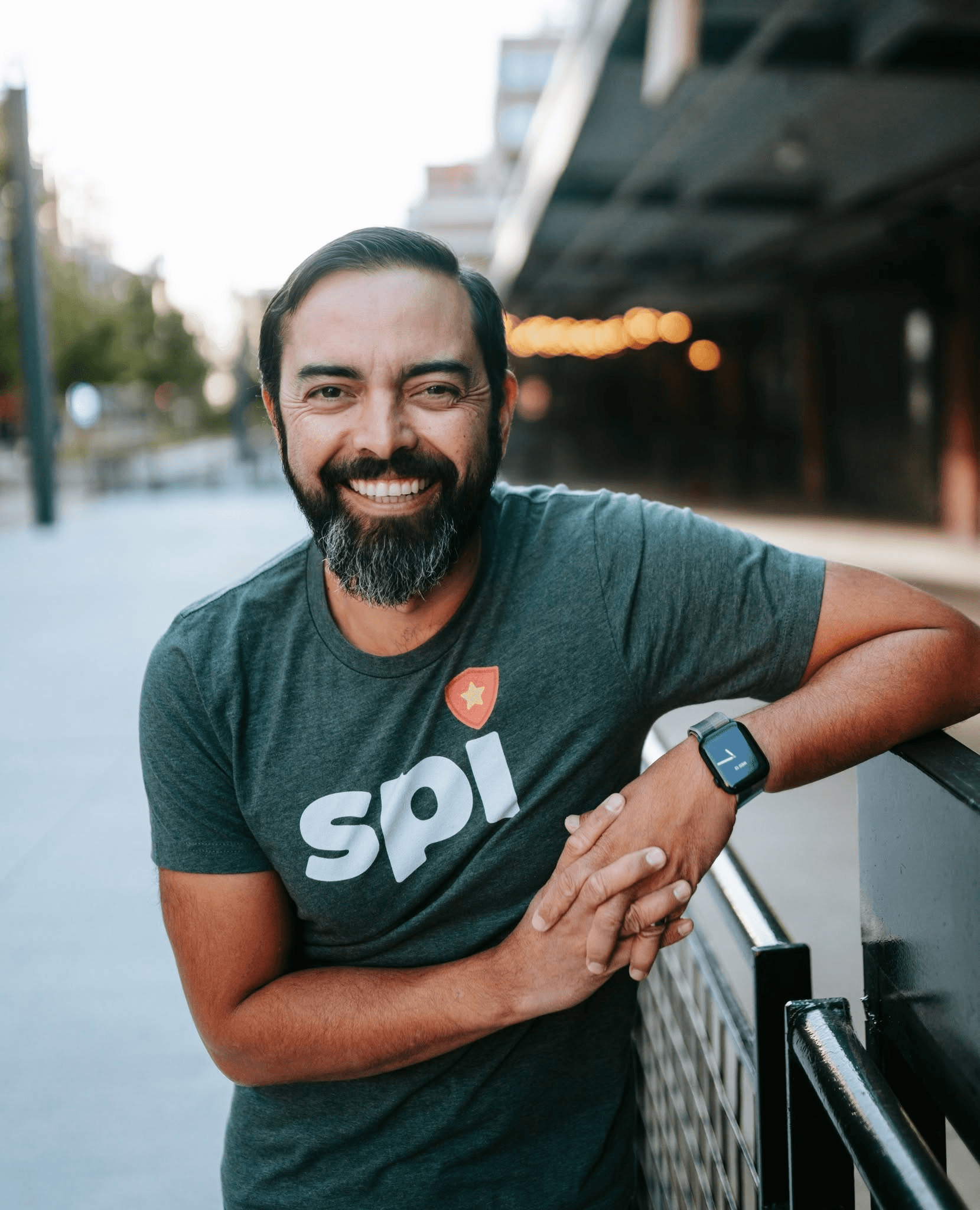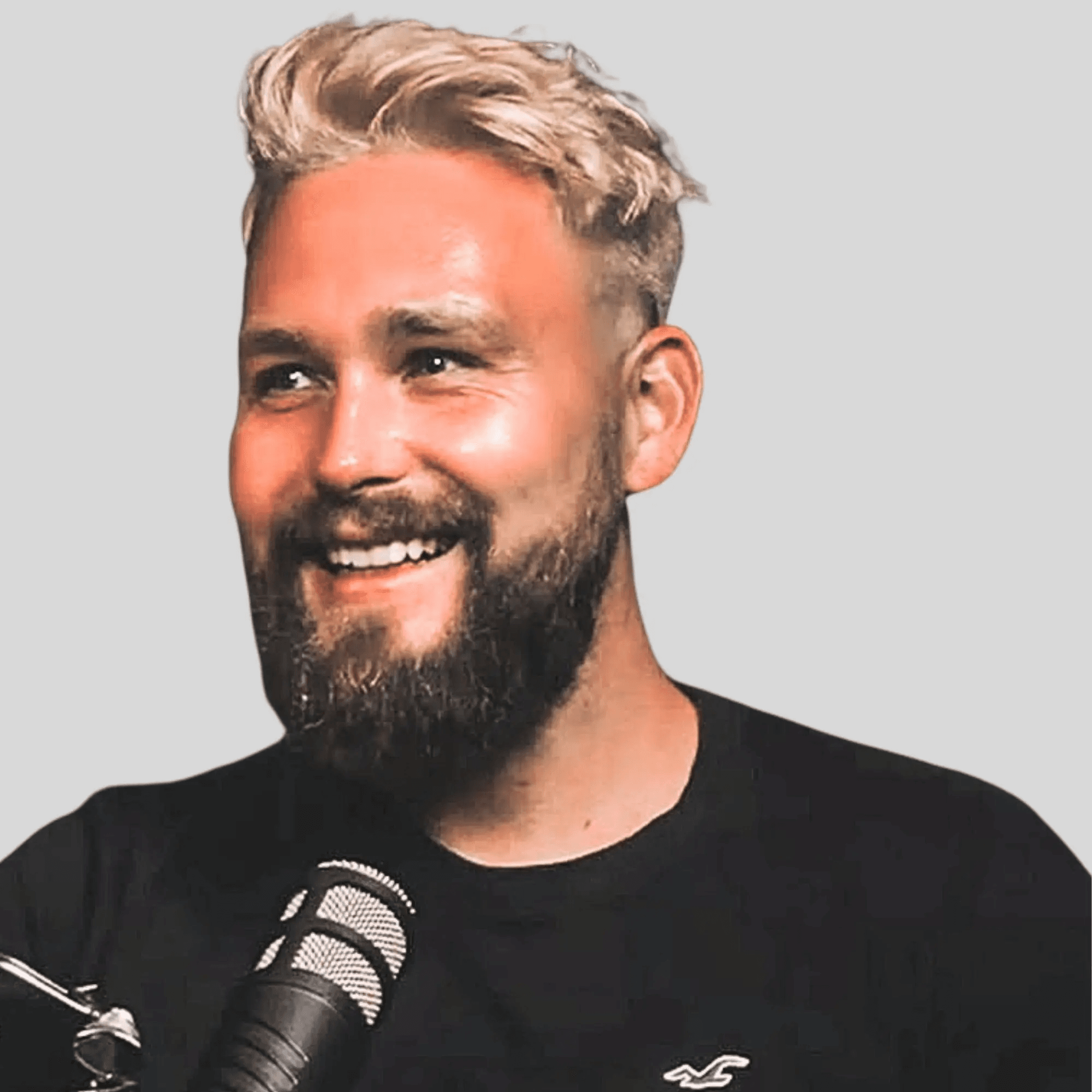How Spencer Patterson Built and Sold a SaaS Business for $3.5M with a Tiny Team
Business Description
Table of Contents
Navigate through the case study sections
Executive Summary
Case Study Content
How Spencer Patterson Built and Sold a SaaS Business for $3.5M With Just One Contractor
Some startups scale to millions with giant teams, deep venture pockets, and plenty of time. But what if you’re on your own, don’t have a technical background, and can’t code yourself? Spencer Patterson’s SaaS success turned that challenge into an edge. By staying close to the problem, responding directly to users, and staying obsessively focused, Spencer grew a SaaS platform for managing online communities from one MVP to a business generating more than $130,000 in monthly recurring revenue. Then he sold it for $3.5 million dollars, all with just himself and a contract developer. This is how he pulled it off.
Spotting Opportunity in Everyday Work
Before Spencer even thought about SaaS, he worked as a licensed broker helping financial clients. One regular question changed his life: he kept asking wealthy clients about the real source of their wealth. Most weren’t doctors or lawyers. Nearly all were business owners or real estate investors. That realization stuck. After moving on to a product development role for banking software, Spencer kept looking for problems he could solve. In 2019, by being active in online trading groups, he saw group owners had a massive headache managing their members as the communities quickly grew.
First Steps: A Simple MVP
Spencer joined forces with a trading expert to build a platform mixing education and entertainment for traders. Growth came fast, hundreds of users in months. But their system couldn’t actually manage the user base. Spencer realized the answer wasn’t in more content, but in better tools to handle and monetize thriving communities. He bet his own time and money on building the bare minimum: a system to solve this membership chaos. The MVP (minimum viable product) worked so well, other community managers immediately asked to use it for their groups too.
Pivot to SaaS, And Going All-In
This quick validation led to a crucial decision: Spencer exited his original partnership, so he could focus entirely on turning group management into a commercial SaaS. He knew the MVP needed serious upgrades, multi-tenancy (so each group is its own world), flexible billing, and robust admin features. Not being a developer, Spencer hired a single programmer contractor to tackle every technical piece: code, features, maintenance, uptime. Meanwhile, Spencer took sole responsibility for customer outreach, product planning, marketing, and UI.
The Growth Engine: Yes to Users, Fast Feature Loops
Spencer’s approach was shockingly lean: offer the SaaS free at first, get as many communities using it as possible, and never say no to a useful feature request. If users described a pain point, he’d build it fast. This loop, customer-driven improvements, rapid iteration, and hands-on onboarding, created advocates out of early users. Word spread, usage snowballed, and soon the business hit six figures in monthly revenue. Through every stage, the core team never grew beyond Spencer and his one trusted developer-contractor.
Running Lean: 2-Person Operations at Scale
Most SaaS founders hire early and often. Not Spencer. The programmer handled all technical details: bug fixes, infrastructure, scalability, late-night outages. Spencer handled everything else: sales calls, support, documentation, new features, visual design, and community feedback. By hiring only when absolutely essential and keeping infrastructure costs low, virtually every cent could be reinvested or saved. There were plenty of 12-hour workdays, sometimes more, but there was also the freedom of calling the shots.
Why Sell? Lifestyle Decisions and the Long Exit
By 2023, the business was generating serious profits, but the day-to-day pressure was mounting. COVID delays meant Spencer had postponed marriage and starting a family. Even with financial freedom, he was trapped in long hours. So he made the call: it was time for a new chapter. The sale journey wasn’t instant. He listed on platforms like Acquire.com and Flippa, talked to private equity, VCs, angels, and brokers, and spent about 18 months navigating due diligence and negotiations. Eventually, Flippa’s managed service simplified things: their “white-glove” help filtered real buyers and saved time. The deal closed at $3.5M.
Lessons from the Exit: What New Founders Should Know
Spencer says every founder thinking of selling should bring in real help: accountants, lawyers, and advisors. Each buyer type (VC, PE, angel, broker) does due diligence differently. Without support, you may miss subtle traps, especially for a first exit. Most important of all was learning to let others help at the right moments, otherwise, the business can eat your life.
After the Exit: Giving Back, Advising, and Next Ventures
With financial breathing room, Spencer turned to mentoring other SaaS founders, providing M&A exit advice and working on a new venture capital studio. The new model? Gather experienced operators, let each focus on their area (marketing, product, growth), and collectively build or buy more digital businesses. It’s not about going alone anymore, but picking partners wisely.
Keys to SaaS Success (and Sanity): Spencer’s Takeaways
- Find real pain: Build around a problem you understand deeply and experience firsthand.
- Be customer-obsessed: Listen, collect all feedback, never take it personally.
- Iterate fast: Early users are partners, satisfy them and growth snowballs.
- Stay ultra-lean: Resist the urge to overhire or overbuild. Two people can move faster than ten when priorities stay sharp.
- Don’t ignore exit planning: Even when you’re not thinking of selling, get your accounting and contracts ready.
- Balance ambition and life: Money matters, but time and happiness matter too.
For those dreaming of building a SaaS business that runs lean, pays well, and attracts buyers, there’s much to learn from Spencer’s journey, especially the conviction to start small, say yes a lot more, and trust that real growth comes from getting your hands dirty solving just one big problem.
Key Takeaways
- 1Spencer Patterson built a SaaS platform to solve user management for content communities and scaled it to $130,000+ MRR with only one contract developer.
- 2Direct feedback loops with customers and saying yes to new feature requests were essential to rapid product-market fit and organic growth.
- 3The business stayed lean with only two core team members, allowing for agility and high capital efficiency.
- 4Spencer sold the SaaS for $3.5M after an 18-month process, navigating complex due diligence with the help of Flippa's managed service.
- 5Post-exit, Spencer advises founders to seek legal and financial help before selling, as each buyer type brings unique challenges.
- 6Personal motivation and maintaining a life balance proved as important as revenue when deciding to exit the business.
Key Facts
Tools & Technologies Used
Premium Content Locked
Subscribe to access the tools and technologies used in this case study.
Unlock NowHow to Replicate This Success
Premium Content Locked
Subscribe to access the step-by-step replication guide for this case study.
Unlock NowInterested in Being Featured?
Share your success story with our community of entrepreneurs.
Explore More Case Studies
Discover other inspiring business success stories

How a Shower Thought Became a $10K Startup in Six Months
Yifan converted a spontaneous shower thought into OurBabyAI, an AI photo generator that made $10,000 within six months. ...
OurBabyAI

How Pat Flynn Grew Smart Passive Income to a $3M Net Worth
Pat Flynn transformed his architecture notes into an ebook, then a blog, and eventually a full-fledged brand generating ...
Smart Passive Income

How a Fitness Blog Went From $2K/Month to a $75,000 Exit in Just One Year
James Oliver acquired a mature fitness blog from Flippa, executed targeted content updates and affiliate optimizations, ...
Conversion Collective

